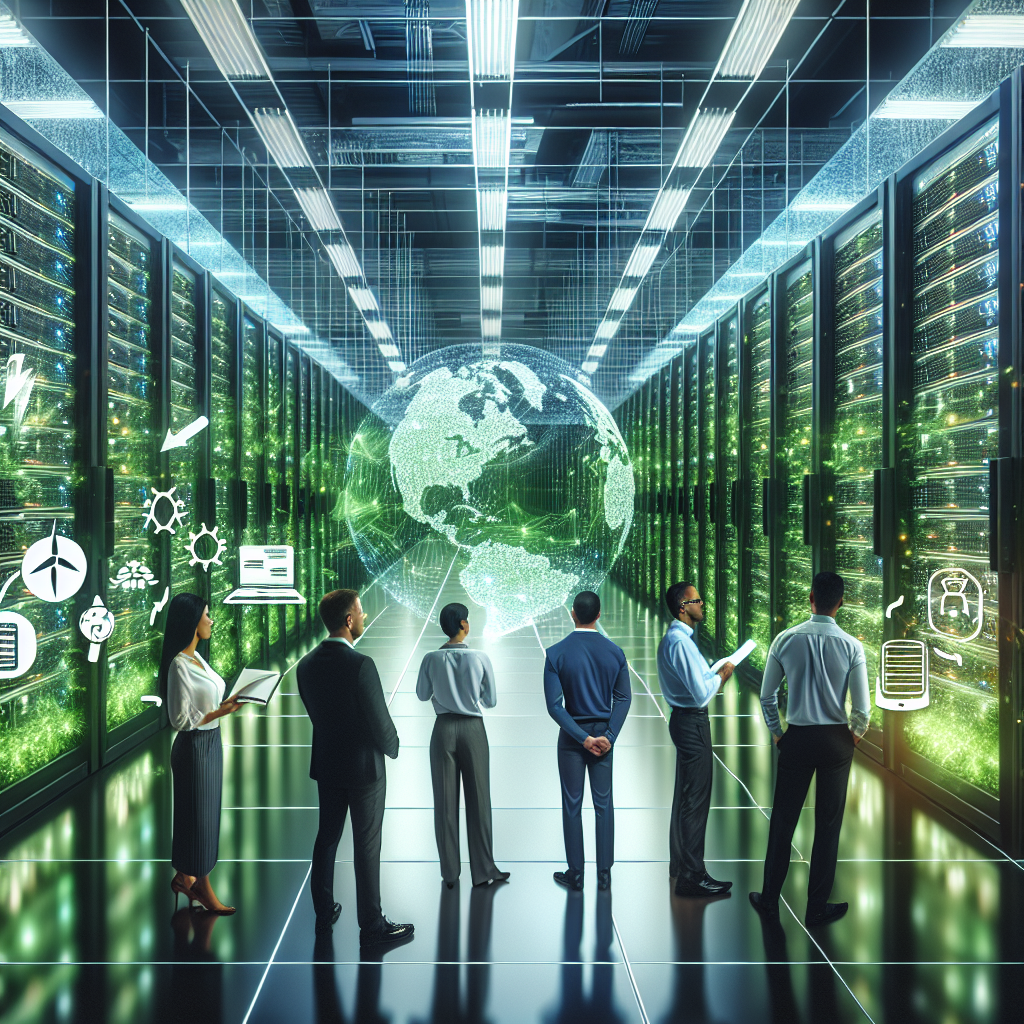Your cart is currently empty!
Building a Sustainable Data Center: Strategies for Energy Efficiency

In today’s digital age, data centers are essential for storing and processing the massive amounts of data generated by businesses and individuals. However, data centers are also notorious for their high energy consumption and environmental impact. In fact, data centers are estimated to consume about 3% of global electricity and are responsible for a significant amount of carbon emissions.
To address this issue, many organizations are now focusing on building sustainable data centers that are energy-efficient and environmentally friendly. By implementing the right strategies, businesses can not only reduce their carbon footprint but also save on energy costs in the long run.
One of the key strategies for building a sustainable data center is optimizing cooling systems. Data centers generate a significant amount of heat, which needs to be dissipated to prevent overheating and equipment failure. Traditional cooling systems, such as air conditioning, can be highly energy-intensive. By implementing more efficient cooling solutions, such as using outside air for cooling or using advanced cooling technologies like liquid cooling, businesses can significantly reduce their energy consumption.
Another important strategy for energy efficiency is virtualization. Virtualization allows organizations to consolidate their servers and storage devices, reducing the overall number of physical machines needed to run the data center. This not only saves on space and hardware costs but also reduces energy consumption. Additionally, organizations can also consider using energy-efficient hardware, such as servers and storage devices that are designed to consume less power.
Renewable energy sources are also becoming increasingly popular for powering data centers. By using solar panels, wind turbines, or other renewable energy sources, organizations can reduce their reliance on fossil fuels and lower their carbon footprint. Many data centers are now being built in locations with access to renewable energy sources, allowing them to run on clean energy.
Furthermore, implementing energy-efficient practices, such as using energy-efficient lighting and implementing power management systems, can also help reduce energy consumption in data centers. By monitoring and optimizing energy usage, businesses can identify areas where energy can be saved and implement strategies to improve efficiency.
Overall, building a sustainable data center requires a holistic approach that considers both energy efficiency and environmental impact. By implementing the right strategies, businesses can reduce their carbon footprint, save on energy costs, and contribute to a more sustainable future.

Leave a Reply